Articles
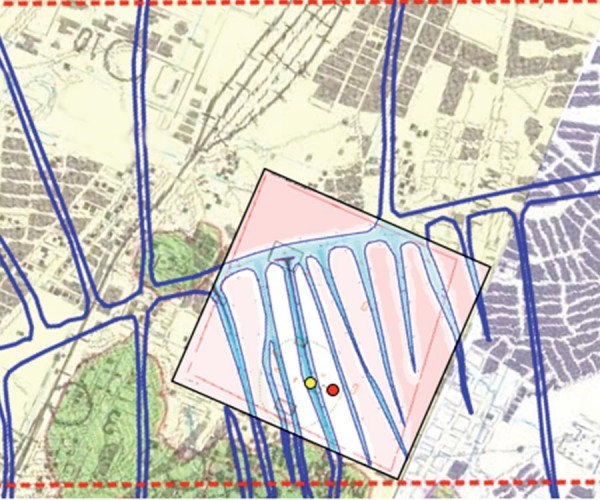
Advances in the Realm of Hydrogeophysics: The Emerging Role of Quantum Geoelectrophysics in Aquifer Exploration
Richard Hatala, Jon Fennell, and Gerald Gurba
Water is integral to our economy, the health of our environment, and a necessity for all life forms and human development. Most water is accessed from surface sources, primarily rivers, which are now under increased threat due to over use and growing hydro-political forces. Still, groundwater exists as a viable…

Introduction to September Focus: Emerging Methods and Technologies
Oliver Kuhn and Neda Boroumand
The original vision for this RECORDER edition’s theme was that we would feature a collection of articles that focused on new, leading edge geophysical technologies in applied use. We fell short of that goal, and that is probably because entirely new geophysical technologies are rare, and most of what is…
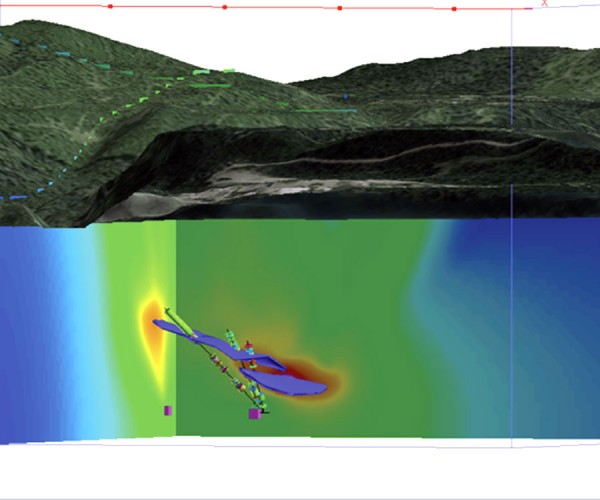
Muon Geotomography: A Novel, Field-Proven 3D Density Imaging Technique for Mineral Exploration and Resource Monitoring
Doug Schouten
Muon geotomography is a novel density measurement technique based on the absorption of cosmic ray muons in the ground. Naturally occurring cosmic ray muons emanating from the upper atmosphere lose energy as they penetrate the earth. These muons are absorbed at a rate that is proportional to the density of…
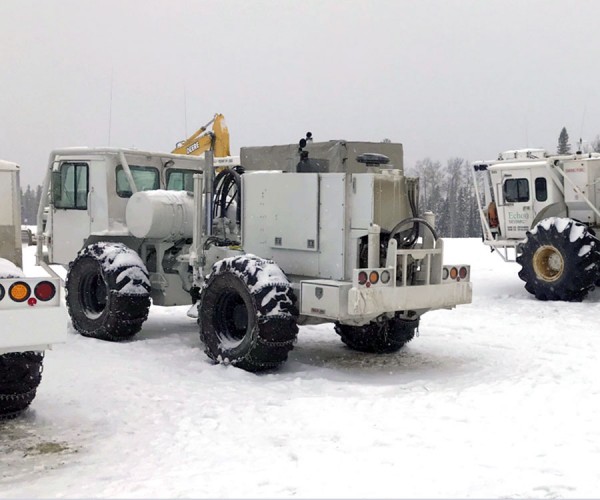
Seismic Acquisition Innovations Applied in Canada
Andrea Crook
Over the past 10 years, land seismic acquisition has changed significantly. Nodal/cable-less systems have broadly replaced cabled systems, vibroseis sources have replaced explosive sources even in areas with difficult terrain, and high-density seismic programs are becoming commonplace. This article, based on the Chief Geophysicists Forum presentation “Top 5 Innovations in…
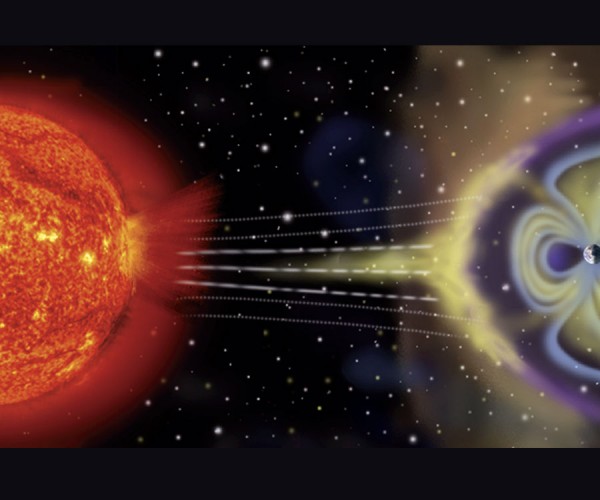
Applications of DC Resistivity and Magnetotelluric Methods in Exploration
Robert Hearst
The Schlumberger brothers were the first to use the direct current (DC) resistivity method for exploration in oil well boreholes in Russia during the 1920’s. A unique phenomenon, now referred to as induced polarization (IP) chargeability, was noticed at the time, but not understood until simultaneous developments in both Russia…
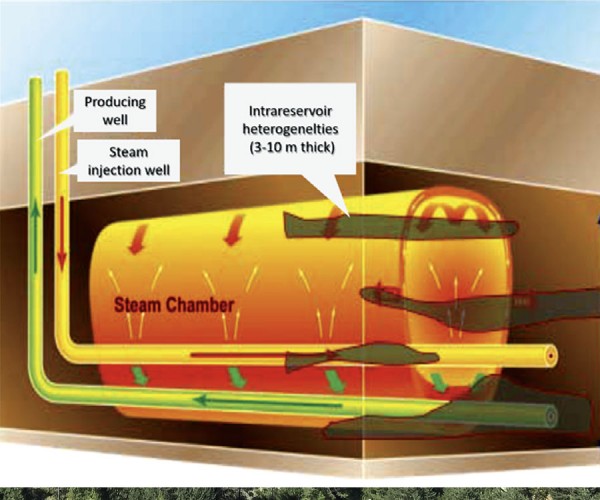
Quantitative Comparison of Inversion Methods for Estimating Density from Seismic Data
Jinling Zhang, Kyle McMillan
In the Athabasca oil sands, lithology and fluid composition are typically better correlated with density than with other elastic properties, such as P- or S-wave velocity. Therefore, improving the accuracy of density estimates in oil-sands reservoirs has become one of the most important goals in quantitative interpretation, which integrates seismic,…
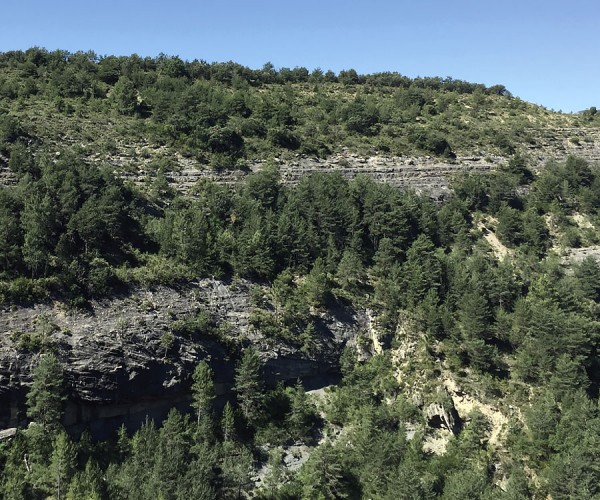
Sedimentary Geology and Implications for Carbon Sequestration: A Field Course in Ainsa, Spain through Project Carbeor
Adriana Gordon, Scott Keating, and Tyler Spackman
A course organized by the Geoscience Department of NTNU (Norway) took place in mid-June in Aínsa, Spain. Graduate students from NTNU, TUDelft (Netherlands) and the University of Calgary participated. Geological outcrops were used to provide an introduction to deep marine, shallow marine and fluvial sedimentary systems. Implications of these sedimentary…

Introduction to June Focus: New Insights into Canadian Unconventional Resources
Ruth Peach
The ingenuity of today’s geoscientists equals that of our pioneers, who explored Canada on horse, drilled the first wildcat (exploration) wells, and built the major industry that we now call the Canadian Oil Patch.
...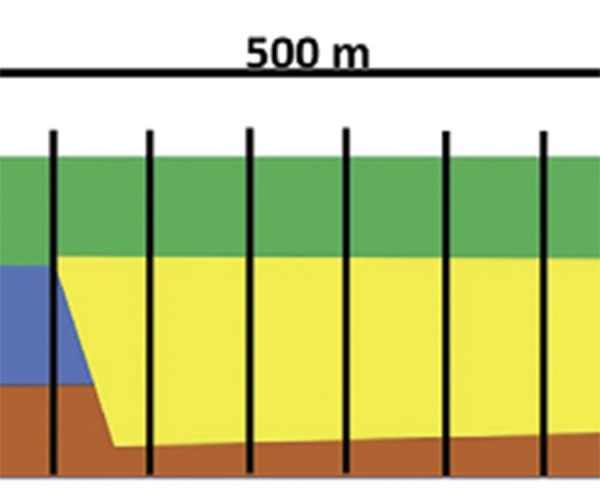
Changes in the Oil & Gas Industry – Unconventional Plays (Engineering Fused with Geoscience)
Brian Wm. Schulte
Stacked tight sands and unconventional plays tend to be found together in what has been termed as deep basin environments also known as continuous basin-centered gas accumulations (BCGAs) which tend to be found predominately in foreland and intracratonic basins but are not restricted to these basins.
...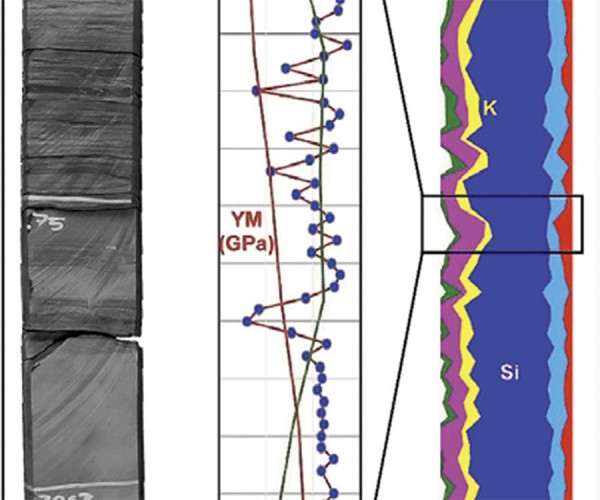
From X-Ray Fluorescence (XRF) to Mechanical Profiling for Better Well Completion. Valuable Analytics for the Exploration Toolbox!
Raphael A.J. Wust and Xiaojun Cui
The fast pace of drilling and completion of unconventional reservoirs in North America is challenging engineers, geoscientists and petrophysicists who have to make prompt and reasonable plans for drilling and completion strategies. One of the main issues is understanding the physical rock properties, such as clay and organic content, and…
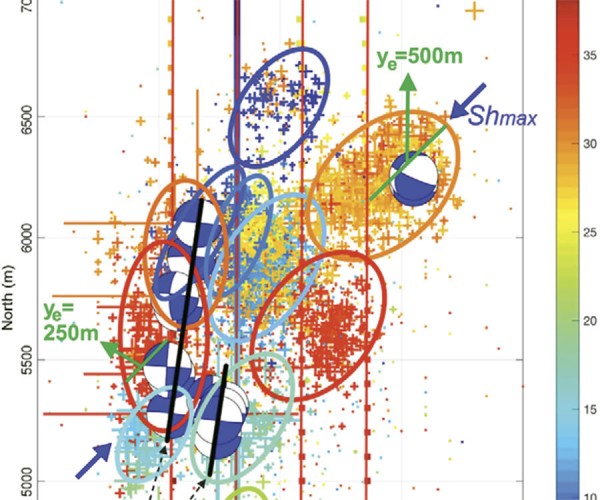
Reservoir Characterization of a Duvernay-Fox Creek Shale Reservoir using Seismic, Microseismic, and Well Log Data
Germán Rodríguez-Pradilla
The Duvernay Formation, located in central Alberta, Canada, is mainly an organic-rich shale that is a source rock for conventional oil and gas reservoirs, and more recently, also very attractive for exploitation as an unconventional shale play. The development of these types of plays requires the implementation of unconventional techniques,…

Reflections on Dave Robson
Brian Schulte
I did not know Dave Robson, I knew of him. We at the CSEG RECORDER feel that we should honour those who have made a significant contribution to our society or our industry and Dave has done both. We do this to honour them, reflect on them leaving us, and…

Introduction to April Focus: Induced Seismicity
Wendell Pardasie
Microseismic monitoring in the oil and gas industry is the process whereby typically low magnitude seismic events (below ~1 moment magnitude) are detected and located in the subsurface during hydraulic fracturing utilizing downhole, surface or shallow subsurface arrays. Many definitions have used wording such as small scale or micro earthquakes…

Injection-Induced Seismicity: End of the Beginning?
Shawn Maxwell
For the last several years there have been numerous technical workshops on injection-induced seismicity which, looking back, serve as snapshots documenting the rapid evolution in our understanding of this important topic. With time, the tone of these workshops has changed in step with advancement by industry, regulators and academics managing…
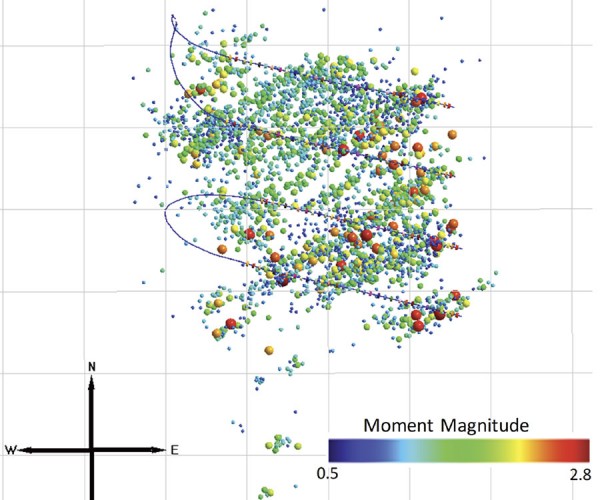
Ranking Operation Scenarios for Effective Mitigation of Hydraulic Fracture-Induced Seismicity
Shawn Maxwell, Devin Garrett, Paige Mamer and Atena Pirayehgar
A magnitude-based, traffic light protocol is the most common mitigation approach to injection-induced seismicity, adopted by both regulators and operators throughout North America. Despite challenges associated with a protocol based on an estimate of seismic source strength, magnitude-based protocols still prevail over alternatives such as using measured ground motions. Regardless…
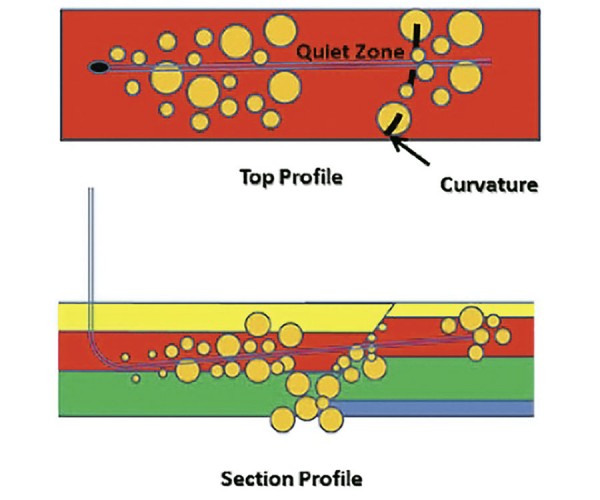
Economics of Induced Seismicity: Trying to identify faults in the horizontal well planning stage
Brian Wm Schulte
“Induced seismicity” refers to a seismic event that is caused by pore pressure and stress change associated with human activity (Boroumand and Maghsoudi, 2016). The maximum magnitude of induced earthquakes is smaller than what is seen with natural earthquakes (Metz et al., 2017); they tend to occur in swarms (Metz et…

CSEG Changing of the Guard
John L.J. Duhault
While the CSEG Board of Directors would not consider themselves “sentries” they are however, custodians of the not-for-profit association: Canadian Society of Exploration Geophysicists, your society.
...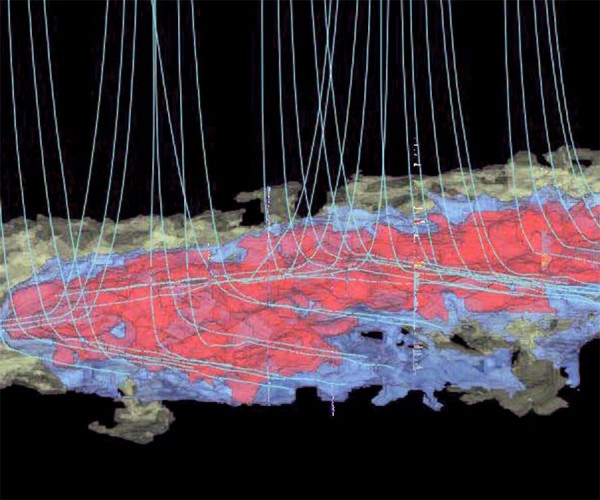
Forecasting Bitumen State
D. Gray, D. Todorovic-Marinic, G. Larson, J. Zhang, D.J. Naidu, M. Letizia, K.A. Wagner, and M. Palka
...
In Memoriam: Dr. Kenneth Duckworth
Neda Boroumand, David Henley and Amanda Hall
Ken Duckworth, retired Professor of Geophysics at the University of Calgary, died peacefully on the evening of February 18, 2018 at the Foothills Hospital.
...
In Memoriam: Peter Boyd
Ann Mooney
It is with great sadness that we share with you the passing of Peter Boyd, co-founder of Arcis Corporation.
...








